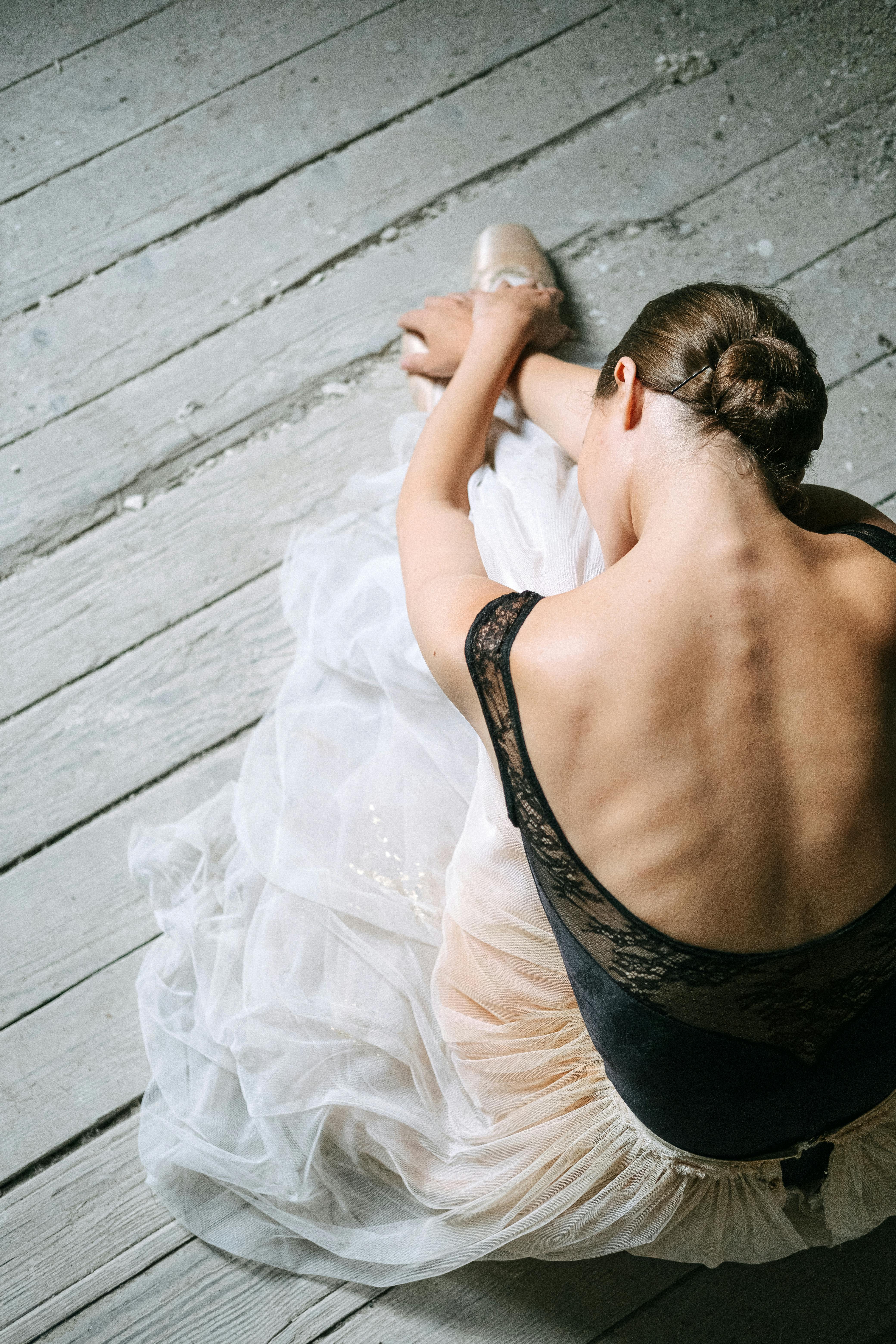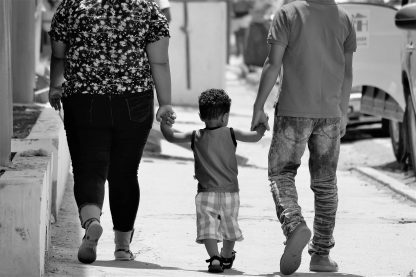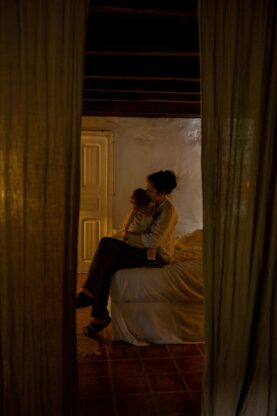Table of Contents
First Aid Basics
One of the most important safety procedures for babysitters to know is basic first aid. It’s crucial to be prepared for any minor injuries or emergencies that may occur while you are caring for children. Make sure you are familiar with basic first aid techniques such as CPR, how to treat minor cuts and bruises, and what to do in case of choking. Keep a first aid kit handy and ensure that you know how to use its contents in case of an emergency. Knowing what to do in a medical emergency can make all the difference in keeping the children safe while you are babysitting.
On-Demand Childcare in Your Neighborhood
Book a Sitter
Emergency Contacts and Communication
Another essential safety procedure for babysitters is to have a list of emergency contacts and clear communication plans in place. Make sure you have the contact information for the parents or guardians of the children you are babysitting, as well as any other emergency contacts provided. In case of an emergency, knowing who to call and how to reach them quickly can be vital. Additionally, it’s important to establish clear communication with the parents or guardians about any specific instructions or guidelines they have for the children’s care. This can include dietary restrictions, bedtime routines, and any medical conditions or allergies the children may have.
Safe Play and Supervision
As a babysitter, it’s crucial to prioritize safe play and proper supervision to prevent accidents and injuries. Make sure you are aware of the children’s individual needs and abilities when it comes to playtime activities. Always supervise children when they are playing, especially around water, stairs, or other potential hazards. Set clear boundaries and rules for safe play, and enforce them consistently. Remember to never leave children unsupervised, even for short periods of time. Being proactive about safe play and supervision is key to preventing accidents and ensuring the children’s well-being.

Home Safety Measures
Creating a safe environment in the home where you are babysitting is another important safety procedure to follow. Make sure to familiarize yourself with the layout of the home, including where emergency exits are located and how to operate any safety features such as smoke alarms or carbon monoxide detectors. Keep potentially dangerous items such as cleaning supplies, medications, and sharp objects out of reach of children. Check that all doors and windows are secure, and that there are no tripping hazards or other safety risks in the home.
Taking proactive measures to ensure the safety of the home environment can help prevent accidents and keep the children in your care safe.
Fire Safety Procedures
Finally, knowing fire safety procedures is essential for every babysitter. Make sure you are aware of the home’s fire escape plan and practice it with the children regularly. Teach the children about fire safety, including how to stop, drop, and roll in case of a fire, and how to escape safely if there is a fire in the home. Make sure you know the location of fire extinguishers, fire alarms, and emergency exits in the home, and how to use them if necessary. Being prepared for a fire emergency can make all the difference in keeping the children safe and minimizing potential harm.
In conclusion, babysitting can be a fun and rewarding experience, but it’s important to prioritize the safety of the children in your care. Knowing the top 5 safety procedures every babysitter should know, including first aid basics, emergency contacts and communication, safe play and supervision, home safety measures, and fire safety procedures, can help ensure a safe environment for the children and prevent accidents. By following these safety procedures and being proactive about child safety, you can provide excellent care for the children you are babysitting and give their parents peace of mind.










